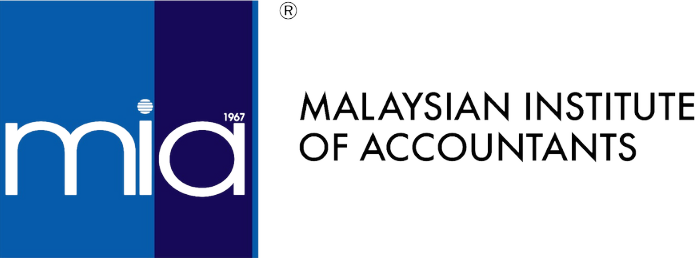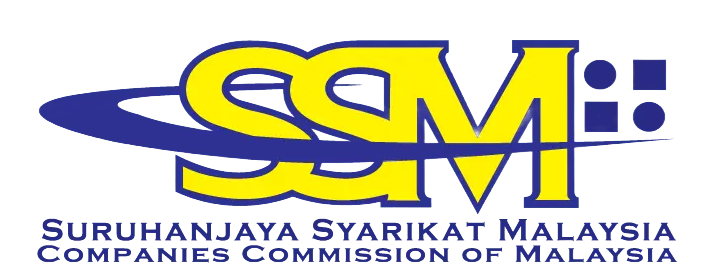Malaysia is implementing E-Invoicing as part of its tax digitalization strategy, with a phased rollout by the Inland Revenue Board of Malaysia (LHDN). This initiative aims to enhance tax compliance, reduce fraud, and streamline business transactions.
At Amaze Advisory, we help businesses navigate the transition to E-Invoicing, ensuring compliance while optimizing operational efficiency.
1. What is E-Invoicing?
E-Invoicing is the digital issuance, validation, and storage of invoices in a structured format. Unlike traditional invoices, e-Invoices are directly transmitted to the LHDN in real-time, ensuring transparency and efficiency in tax reporting.
Key Features of Malaysia’s E-Invoicing System:
- Real-time tax reporting – Reduces errors and tax fraud.
- Automated verification – Eliminates manual processing delays.
- Integration with LHDN’s MyInvois Portal – Ensures compliance with Malaysian tax laws.
2. E-Invoicing Implementation Timeline
Malaysia is rolling out E-Invoicing in phases based on annual business turnover:
| Implementation Date | Businesses Affected |
|---|---|
| 1 August 2024 | Companies with revenue > RM100 million |
| 1 January 2025 | Companies with revenue RM25 million – RM100 million |
| 1 July 2025 | All businesses, except those below RM150,000 revenue |
Businesses with turnover below RM150,000 are exempt but encouraged to adopt voluntarily.
The revenue thresholds will be based on the Financial Year 2022 Audited Financial Statements. While companies start operating from Financial Year 2023, the implementation date will be from 1 July 2025.
Is your business ready? Amaze Advisory can help you prepare before the deadline!
3. How Does E-Invoicing Work in Malaysia?
Businesses must generate and submit e-Invoices to the LHDN via the MyInvois Portal or API integration.
Step-by-Step Process:
- Issue Invoice – Create an invoice in a structured digital format.
- Transmit to LHDN – Submit via MyInvois Portal or API.
- Validation – LHDN approves or rejects the invoice.
- Storage & Reporting – Businesses must retain records for seven years.
4. Impact of E-Invoicing on Businesses
(i) Compliance with Tax Regulations
- Mandatory for all businesses by 2025.
- Non-compliance can lead to penalties and tax audits.
(ii) Operational Efficiency & Cost Savings
- Reduces manual invoicing costs (printing, storage, postage).
- Automates tax reporting, saving time and reducing errors.
(iii) Improved Cash Flow & Payment Processing
- Faster invoice validation leads to quicker payments.
- Reduces disputes over incorrect invoices.
5. Challenges & How Amaze Advisory Can Help
| Challenges | How Amaze Advisory Helps |
|---|---|
| System Integration Issues | API setup & software solutions for MyInvois compliance. |
| Understanding Compliance Requirements | Expert advisory on LHDN regulations. |
| Employee Training | Customized training programs for seamless adoption. |
| Data Security Concerns | Secure invoicing solutions to protect business data. |
Conclusion: Prepare for E-Invoicing with Amaze Advisory
The transition to E-Invoicing is inevitable, and businesses must act now to ensure compliance and operational efficiency. Amaze Advisory provides:
- Regulatory compliance support – Ensuring your business meets LHDN requirements.
- E-Invoicing system integration – Seamless API setup for smooth invoicing.
- Training & consultation – Educating your team for a hassle-free transition.
Get Started with Amaze Advisory Today!
Phone: +6013-284 7678 / +6013-323 7678
Website: www.amazeadvisory.com








